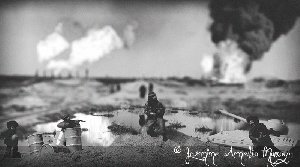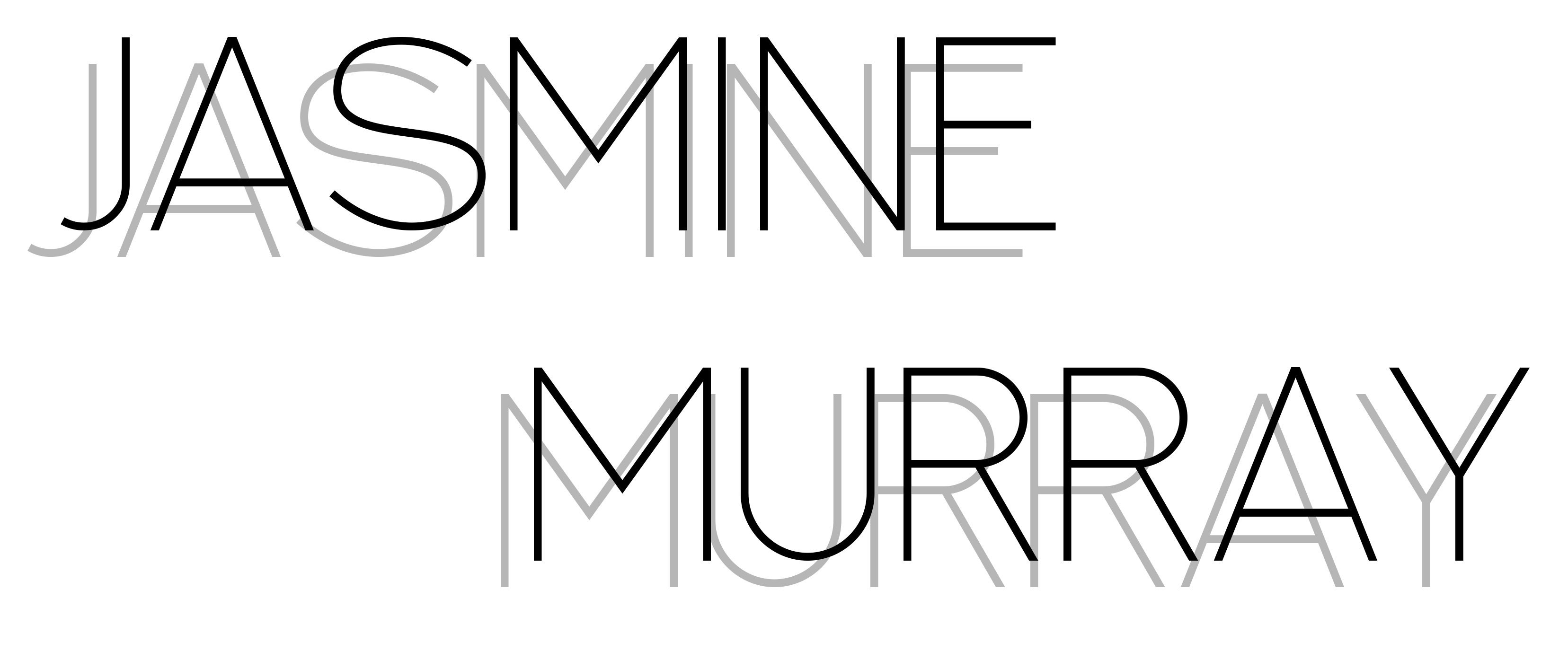“In the Photograph, the power of authentication exceeds the power of representation.”
Barthes, R. (1980; 89)
Barthes in this quote, I feel is quite literal. He suggests that authentication, the reality represented in a photograph, surpasses representation.
I however disagree with Barthes. I don’t consider photography to be an authentic reality, or to be authentic. One only has to examine the likes of Henri Cartier-Bresson’s original negatives to see that his famous ‘realities’ are anything but real. His infamous ‘decisive moment’ images are in themselves creations of the darkroom, and not solely created in camera. Magnum’s Contact Sheets book is a prime example of showing that whilst iconic images are authentic, truthful captures of events, that the image themselves are selected from a mass of images of the same scene ‘compulsively overshot’.

Photography actually makes us look at the world differently. The photographer steers the viewer to see the reality they want us to see. While my practice does portray a reality, it is a curated vision of reality I have created, or recreated, a representation of my making. An inauthentic reality, that is ultimately only an authenticate reality of my own thoughts on the topic I am commenting on. However, I do feel my practice is more relevant to the depiction and power of representation as a vision to others, as my previous body work Unsocial Media_ was part of the RPS 100 Heroines : Representation on the Line exhibition which travelled the UK during 2019.

In regards to my practice, I have been researching the notion of the Johari Window in the last module, a theory which consists of four segments or windows, one depicted as what you know about yourself, what you and others know about yourself, one how others see you but you don’t, and the part that is unknown to all. Arguably nothing can truly be authentic, as the Johari Window theory points out, that there is always an element of the unknown, as you cannot contextualise the future, or how your work will be seen in the future after you die. History is far from accurate, just as predicting the future is unpredictable. Therefore the notion of contextualisation, authenticity and representation can change dependant on the viewer, and their personal life experiences. I think Muellner summarizes my thoughts on this with:
“We tend to assume that when we look at a photograph, or a monument, we want it to mean something. But I’m not so sure. I think, often, that what we feel is that yearning towards being and meaning in which our subject is perpetually caught. We want to know the aliveness of the space between the learnable and the unknowable. We are brought into sympathy with that experience because it is also ours.”
(Muellner, N. 2019; 204)
Artifice in Authenticity?

“In the mere act of transcribing world into picture, three dimensions into two, photographers necessarily manufacture the image they make. Artifice of one kind or another is therefore an inescapable part of photographic life.”
Batchen, G. (2002; 132)

Are photographs so unlike other sorts of pictures? Do they require unique methods of interpretation? Photographs can alter our perceptions of reality, but throughout history all image-makers have done the same, as Price writes in The Photograph – A Strange Confined Space, the photograph is an ‘arranged fake’ which is intentially designed to deceive. The difference with photography, however is that the image when it is taken is a social construct that only exists in the photographer’s emotions. What one photographer perceives from a scene in front of them can be envisioned entirely differently by another. As a practitioner who prodominately uses scale to misled the viewer, my work often involves challenging viewer’s preconceived beliefs on realities within the photograph. This is not limited to change in physical perspective, such as scale and location, but also challenging societal beliefs on what it means to be human, as well as the quality within the image.

Snyder and Allen argue that photography overcame and escaped subjectivity as it relies on automatism, and this view seems to be universally shared by other contempories such as Ritchin, Batchen and more recently by Zylinska who consider photography to have been:
“…seen as supposedly dying in the digital era because it is no longer authentic or material enough, or imploding due to its excessiveness and banality, as evidenced on Instagram and in the much-maligned selfie phenomenon – I argue that it is precisely through focusing on its nonhuman aspect that we can find life in photography.”
(Zylinska, J. 2017; 9)
Given my most recent series broached on the rise of the AI and transhumanism, this notion of thought in itself intrigues me, if the notion of photography is reliant on automatism can it ever truly be human controlled, driven and envisioned or is this concept an Authentic Lie?

References
Figures
Figure 1 Murray, J. (2019) ‘Snap/Chat’, from the series ‘Unsocial Media_’. [Online] Available from: http://jasmphoto.portfoliobox.net/unsocialmedia_ [Accessed 02/02/2020]
Figure 2 Murray, J. (2019) from the series ‘Transhumane: Immortality of the Self‘. [Online] Available from: http://jasmphoto.portfoliobox.net/transhumane [Accessed 02/02/2020]
Figure 3 Murray, J. (2014) from the series ‘Oiling IS – IS was the solution, IS now the problem.’ [Online] Available from: https://jasmineameliamurrayphotography.wordpress.com/2014/09/25/political-digital-truth/ [Accessed 03/02/2020]
Figure 4 Murray, J. (2014) from the series ‘Life in Plastic’. [Online] Available from: http://jasmphoto.portfoliobox.net/lifeinplastic [Accessed 03/02/2020]
Figure 5 Murray, J. (2019) ‘Another Reality_’, from the series ‘Unsocial Media_’. [Online] Available from: http://jasmphoto.portfoliobox.net/unsocialmedia_ [Accessed 02/02/2020]
Figure 6 Murray, J. (2019) Screengrab from Living the _Aesthetic Website. [Online] Available from: http://livingtheaesthetic.pb.online [Accessed 04/02/2020]
Bibliography
Barthes, R. (1980) Camera Lucida. pg 89. London; Vintage.
Batchen, G. (2002) Each Wild Idea: Writing, Photography, History. pg 132. Cambridge, MA; The MIT Press.
Conrad, P. (2011) The Observer: Magnum Contact Sheets by Kristen Lubben – review. [Online] Available from: https://www.theguardian.com/artanddesign/2011/nov/04/magnum-contact-sheets-lubben-review [Accessed 02/02/2020]
Luft, J. Ingham, H. (1955) Proceedings of the Western Training Laboratory in Group Development. “The Johari window, a graphic model of interpersonal awareness.” Los Angeles: University of California.
Luft, J. Ingham, H. (1955) Johari’s Window. [Online] Available from: https://www.sheffield.ac.uk/polopoly_fs/1.361952!/file/johari.pdf [Accessed 01/02/2020]
Lubben, K. Gilden, B. (2011) Magnum Contact Sheets. London; Thames & Hudson.
Muellner, N. (2019) Lacuna Park: Essays and Other Adventures in Photography. pg 204. London; SPBH Editions.
Price, M. (1994) The Photograph: A Strange Confined Place. pg 6. California; Stanford University Press.
RPS 100 Heroines (2019) Representation on the Line II. [Online] Available from: https://hundredheroines.org/heroines-hub/chelsea/kcaw/representation-on-the-line-ii/ [Accessed 02/02/2020]
Snyder, J. Allen, N.W. (1975) ‘Photography, Vision and Representation’ in Critical Inquiry, Vol.7, No.1. (Autumn, 1975) pg 3.
Zylinska, J. (2017) Nonhuman Photography: ‘Introduction: Capturing the End of the World.’ pg 9. Cambridge, MA; The MIT Press.

One thought on “Week 2: The Index and the Icon”